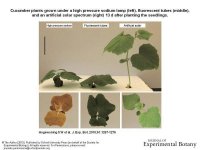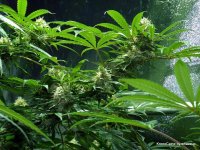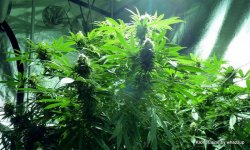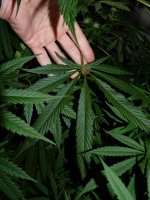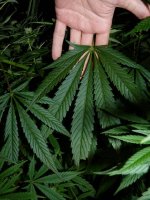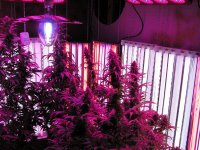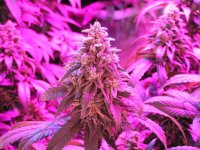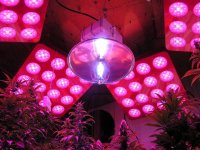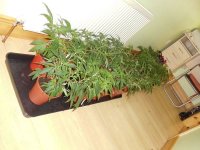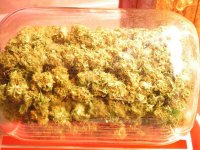but i also think this, plants arent constantly pushed like this in nature, there are clouded days.
and constant hps close to the plants seems to seriously damage terpene production (compared to what it could be)
so there is that too, we simply dont have the technology to do other than a compromise.
im somewhat curious to do a all mh grow again, with a bigger lamp and different spectrum, wondering about the 3000k bulbs.
fraid i dont have the cash to play with the big boys in the leds
id be very curious though using it as a supplementary light.
so thanks guys for this invaluable research.
and constant hps close to the plants seems to seriously damage terpene production (compared to what it could be)
so there is that too, we simply dont have the technology to do other than a compromise.
im somewhat curious to do a all mh grow again, with a bigger lamp and different spectrum, wondering about the 3000k bulbs.
fraid i dont have the cash to play with the big boys in the leds
id be very curious though using it as a supplementary light.
so thanks guys for this invaluable research.

